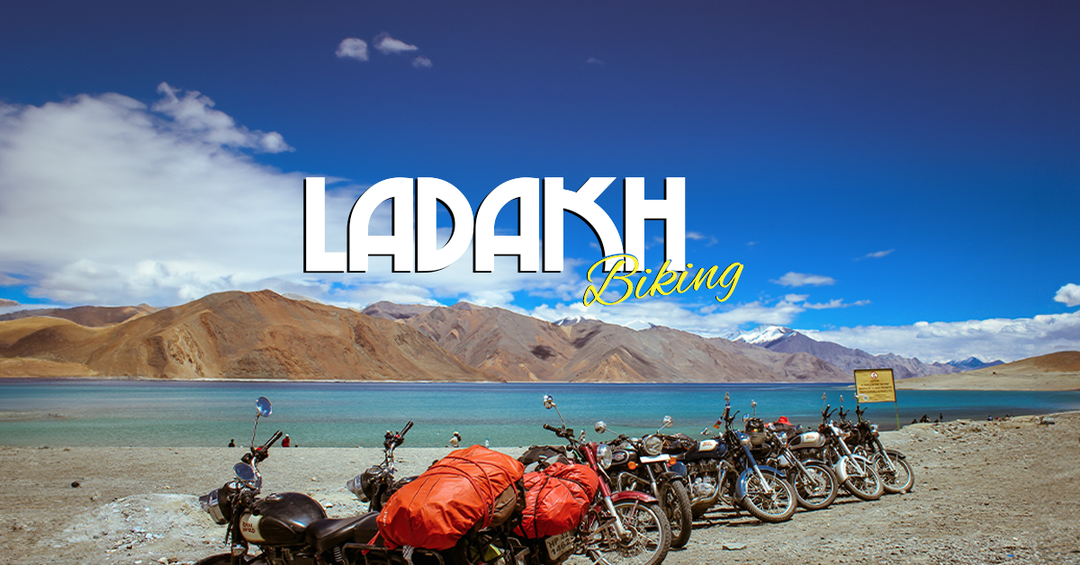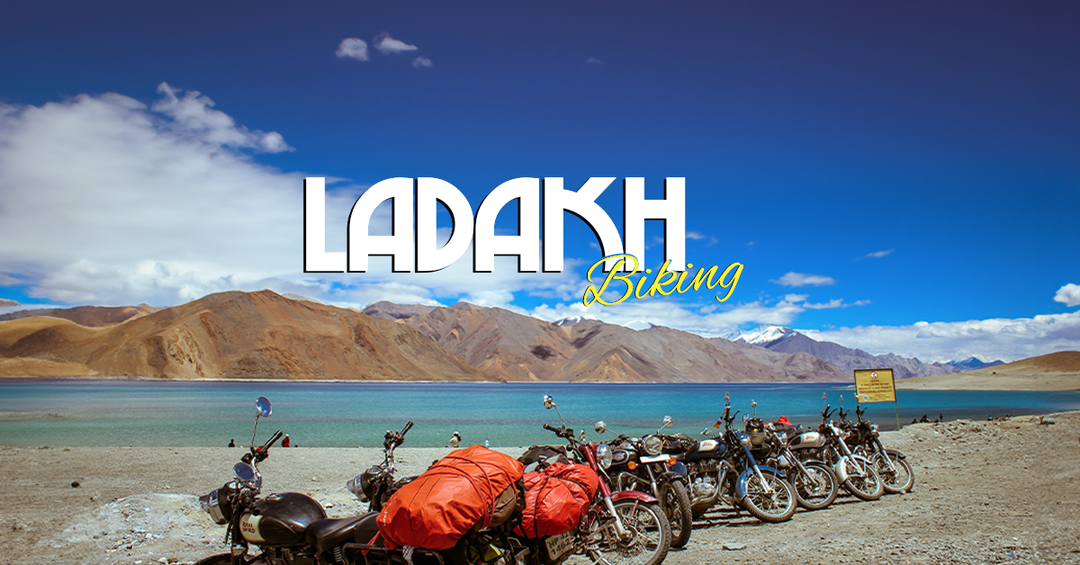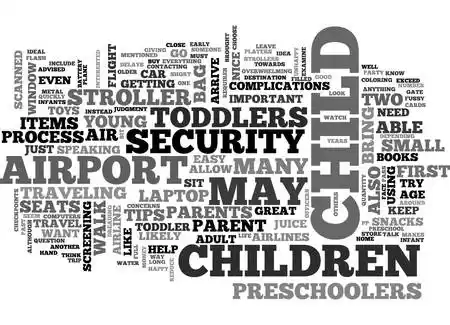
Most of my trips start directly from my bookmarks. There is always something I have saved or planned with a detailed itinerary and a duration, in my free time. So if I see a free block on my calendar next weekend, I just wrap my backpack, check for a visa and I am ready to fly.
VISAS – CHECKED
FLIGHT TICKETS – CHECKED
ACCOMMODATION – BOOKED
So it’s all charged up for an international trip and can’t wait to get on board. Apart from these primary checks there are many small checks that you need to take care to make an absolute glitch free trip. All the tricks shared below have evolved over my personal experiences in my journey From pepper to Salt.
#1. THE PASSPORT

The most important check of all. It mostly happens that Passport is the last item to go into your packing since you need keep it handy at the airport and many other places. Most of the times it fails to get into that upper compartment of your cabin bag. If you forgot it at home getting it back is a great difficulty, and even worse you might miss your flight. As a double safety measure the trick I use, is to make small paper reminder chits/Post-it notes and keep it in partially visible in places that I frequently access like my GoPro Silicon case, or my top most compartment of my cabin bag. Setting mobile phone reminders every half an hour also helps.
Also, it is a good practice to always keep your passport in the same place every time until it gets into your subconscious and keep it back in your as soon as the use is over. I have seen people who smash it into upper shirt pocket at the check-in luggage counter, since you again need it at the immigration. It might be a little tedious to keep it safe in the bag and take it back again when required, but it helps you from misplacing or missing it and a misplaced passport is a very dangerous situation on an international travel.
#2. EXTRA BAG.
There is something less evolved in us humans when it comes to packing light. No matter how well you pack there will always be some items left. Secondly, most international airports have slightly different rules for luggage allowed in cabin and check-in. For example, I always carry my Bluetooth selfie stick in cabin, but in DPS, Bali they asked me to shift it to check-in luggage. As a tip I always carry two 10Litre super foldable pouch bags with me. When not in use they can be squeezed to a small pouch and when expanded they can fit almost all my electronic gear in them.
It is very helpful at the airport security tray, when most of the people splash all of those 10-15 items into the security tray and are later busy reorganizing and collecting it. You may not realise even if you forget one item among those belts, wallets, Keychain, sanitizer, mobile phone and any other gadgets that you are carrying.
As a pro-tip I stuff all my gadgets in a single bag and put it in the tray separately from the wallet and belt like items, In case the security officer asks, I have to open just one zipper and show. With this simple trick, till date I have never ever lost/forgot even a single item on that security tray.
An extra bag is also helpful to quickly reorganize your luggage in case its over the weight limit. My 32Kgs of allowed international flight luggage is split into 25-30Kgs and some smaller parts of 1-2Kgs. So even if incase my bag is slightly overweight, I just take out the 2KG small bag and move it to other luggage like cabin or second bag. And I don’t have to purchase the extra luggage ticket.
#3. MEDICINE BOX
I think a personal medicine box is the most underrated thing to carry on a trip. I used to ignore it until my horrific experience on Bali trip. I was in Nusa Penida, a small island to the east of Bali for Scuba diving activity. Since, I was Scuba diving for the first time I had not estimated the body fatigue that it brings. To add to the worse, I delayed my lunch until late afternoon as I had to get back on the evening ferry back to Bali. Everything was fine until I got on the boat by around 5Pm and slowly my fatigue started growing on me. I realized I have fever. I had a first aid kit, but nothing for fever. With great difficulty I managed to somehow reach Sanur harbor (Bali port) and requested my driver to drop me at my hotel in Ubud ASAP (1.5 Hr drive from Sanur to Ubud). That night I reached the hostel, recharged myself with good meal, juice and some sugar and ORS salts. Took a 12Hr nights sleep and it was better by the morning. I feel myself incredibly lucky after that incident. It’s absolutely not scary to have fever and fatigue, but the scary part is that I was travelling solo and in an absolutely unknown country without any immediate local access.
Tip : Always check for vaccinations in the country you are visiting and ensure you take them. Always carry your prescribed medicines but also keep a medicine for
Cold & Cough
Fever
A Pain Killer for temporary relief until you get medical assistance,
A basic first aid kit
A motion sickness tablet
An antibiotic for food safety and
A portable water filter is a must…
These will not cure you and you must seek medical help in case of a more serious issue, but these medicines help you buy time till you figure out a help in foreign land. You might look little less fashionable with one or two less shirts, but it will keep you out of sticky situations in an emergency.
#4. ROUTE FROM AIRPORT TO DESTINATION
The offline Google Maps feature is the best thing to happen for travelers. I learnt it the hard way, when I was travelling to Pondicherry around 5years ago. I landed at Chennai airport to realize my internet was not working. I had hired a self-drive car from the airport to Pondicherry over the next few days. After asking for more than 15 local people for directions, I was finally able to get on the highway to Pondicherry and out of the city.
Download a city map of the destination you are visiting. Internet and GPS are separate technologies all together, so even if you don’t have a working internet connection, a GPS works your location on offline copy of Google maps. I have used it in my Malaysia layover to venture into the city of Kuala Lampur, as it did not make sense to purchase a local SIM card for just a layover (Click here to read about my experience)
A better method is I take screenshots of travel route or the metro stations from airport to my hotel. You will get a wifi at most airports and after you reach your hotel but the period in between is a tricky part. It takes not more than 5 minutes, but it will save you a lot of inconvenience in that moment.
#5. PUBLIC WI-FI
Yes, it is going to be a long flight and you will mostly not have access to the internet right away when you land in the other country. So you need to check in your Instagram feed or email before you board the flight. Many travelers resort to the free Public Wi-Fi at the airport. It is a very popular observation that public Wi-Fi’s are more vulnerable to security breaches than a secure private connection. Atleast I wouldn’t prefer my laptop to be connected to a Public network.
A solution to this is getting a VPN (Virtual Private Network) that keeps your network traffic secure to the intruder who wishes to know your confidential details over the data you send through the network.
The best free of cost trick I personally use is to carry an old phone or a tablet that just has basic internet browser and Google maps in case I need to check something before I reach a secure connection zone.
Since this is a long post I have split it into two parts. Part 2 will be following soon. Meanwhile I would love to hear your thoughts and personal experiences.
Follow me on :
Instagram : Instagram.com/frompeppertosalt
Facebook : Facebook.com/frompeppertosalt
Blog: peppertosalt.wordpress.com/

























